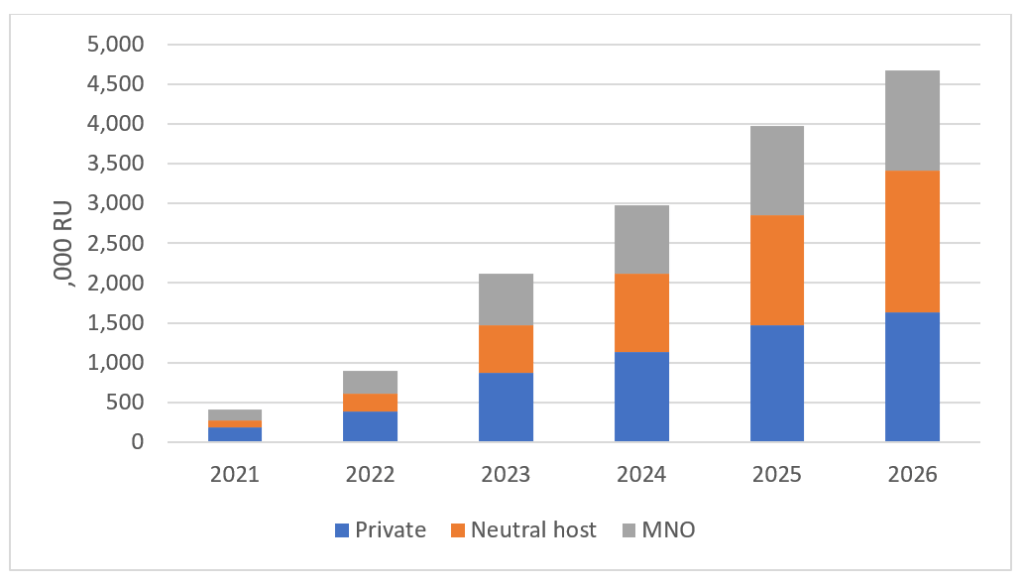The news that the O-RAN Alliance is being impacted by US restrictions on some Chinese O-RAN members highlights two important issues. One, that regardless of geopolitics, workable cooperation approaches must be maintained to ensure that a global innovation base is maintained. Two, operators will want to support more than one open platform, to mitigate the risk of putting all their eggs in one basket, but more importantly, because no single interface or architecture will optimally support the diverse networks and use cases that will be needed in the 5G era.
Small Cell Forum sees both these issues as crucial to the development of open, flexible cellular platforms and ecosystems, which will be essential to the commercial success of the new generation of networks. The Forum has always provided a hub for ideas and partnerships from all round the world, and the work on its own Open RAN specifications, including 5G FAPI and network FAPI (Split Option 6), has been the result of contributions from many companies from different regions, which, in other environments, are competitive.
And by investing significant amounts of their time and expertise in Small Cell Open RAN architectures, SCF members are creating a robust framework that complements other industry efforts, and will be optimal for dense networks and for enterprise and industrial deployments, where the strongest small cell growth will be seen in the 2020s.
The operator interviews and surveys that underpin SCF’s most recent annual market forecast highlight the importance of Small Cell Open RAN for MNOs and for alternative deployers such as private network operators and neutral hosts. These newer operators are increasingly important in driving roll-out of dense networks, especially for enterprise and indoor scenarios, but they have not traditionally been heavily involved in cellular industry initiatives, whose specifications remain largely driven by traditional MNOs and their suppliers.
Adding the voice of a different set of operators to those of the established stakeholders has been an important factor in the development of interfaces like 5G nFAPI, ensuring they suit the needs of a diverse range of small cell networks. In small cell networks, adoption of Open RAN architectures will be heavily driven by the new deployers, which have fewer concerns about legacy networks or supply chains, and want to maximize the flexibility and cost-effectiveness of their greenfield roll-outs. The figure shows how private network operators and neutral hosts will dominate deployment of small cell Open RANs in enterprise environments in the early years of commercial adoption of the new open platforms.

The SCF forecast model is based on many inputs including a survey of 84 MNOs and 33 other small cell deployers. This revealed that flexibility and openness are key to 5G small cell strategies, but flexibility must not equate to fragmentation. There is a strong belief that common underlying platforms are important to accelerate roll-out by future-proofing the network and ensuring interoperability between different components and equipment. SCF’s 5G FAPI interface takes this commonality right down to system-on-chip level, an important enabler of open networks.
Many Open RAN deployments are initially focused on the fronthaul interface between the radio unit and baseband unit (which may be split into separate central and distributed units). In 2024, our forecast shows that more than half of new small cell deployments or upgrades will be based on open xHaul interfaces, and this figure will rise to 77% in 2026.
The main relevant specifications come from SCF (nFAPI) and O-RAN Alliance, and these relate to specific functional splits (how lower layer network functions are divided between the RU and the DU). SCF is working to define standards and ecosystem around 3GPP Split 6, which has advantages such as the potential to use non-fibre xHaul.
Figure 2 shows that in enterprise, indoor and industrial environments, many operators will favor the xHaul flexibility of Split 6, even if they plan to adopt a different functional split in outdoor or macro networks.
